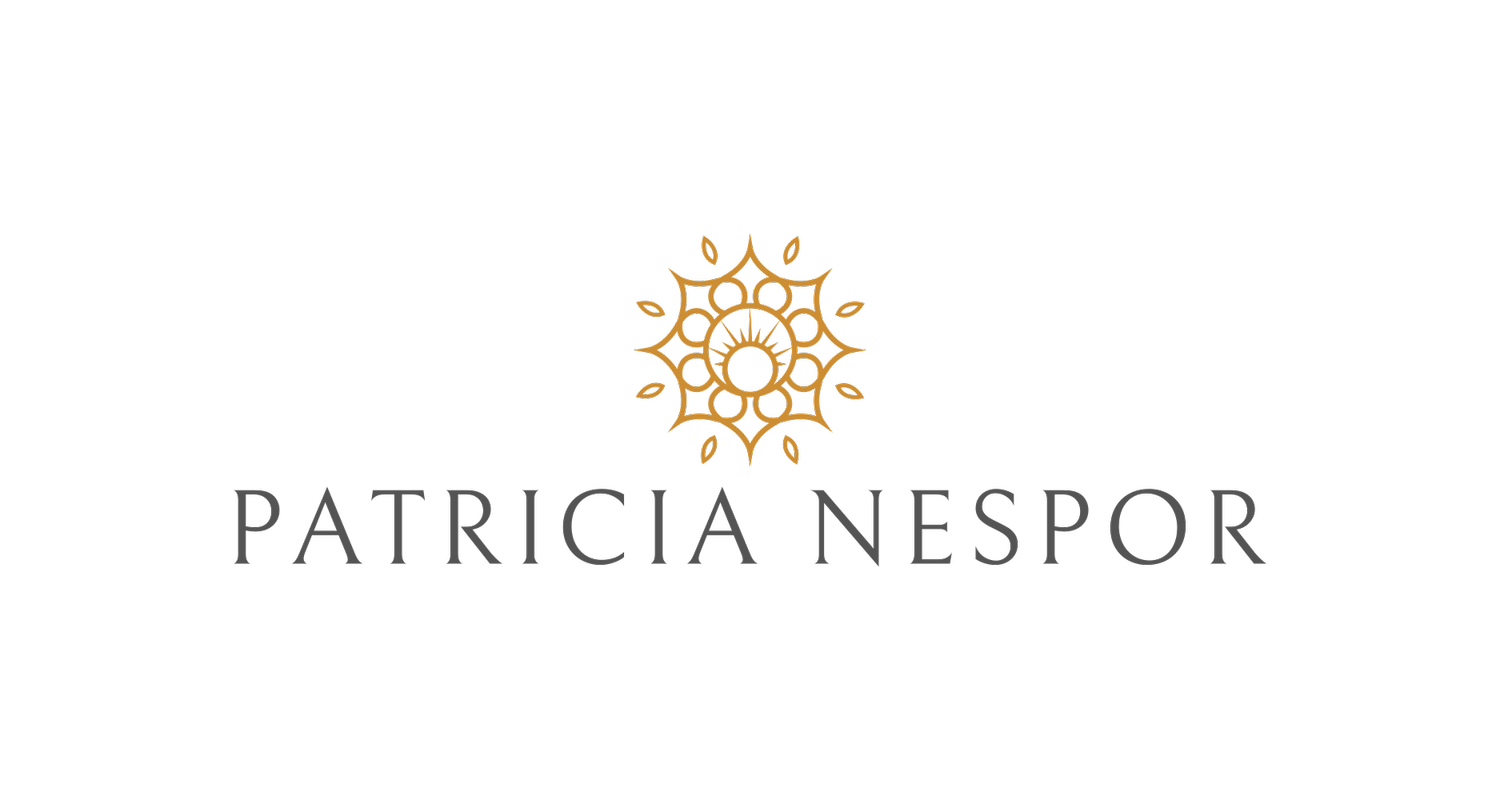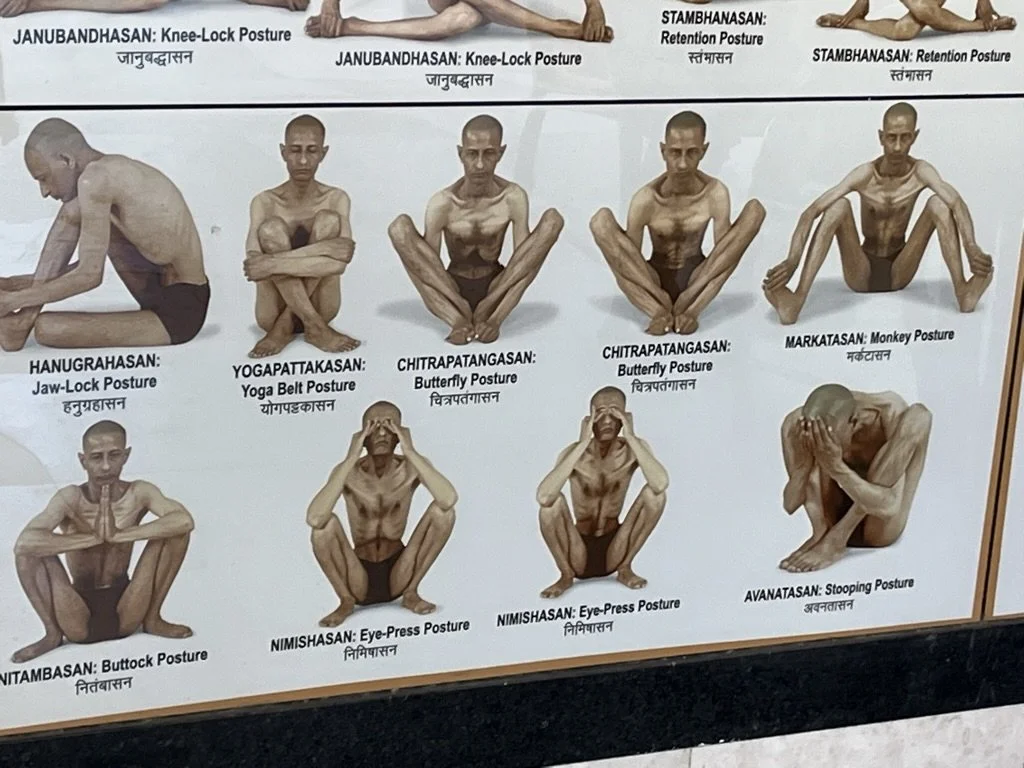What’s an Ayurvedic yoga pose?
That’s a bit like asking: “which nail will build a good home?” The answer is: it depends. There’s no one-size-fits all medicinal posture that works for all people for all occasions. Ayurvedic yoga offers modifications of postures and yoga sequences that address the unique characteristics, needs, and goals of the individual.
That said, postures and breath practices can be grouped into categories according to their expected benefits. For instance, there’s a category of calming (langhana) poses and a category of enlivening (brahmana) postures; there are postures to strengthen and postures to stretch; there are beginner and advanced postures; and so on. Still, each posture has its own idiosyncratic qualities and benefits, and each person is unique. Therefore, a skillful yoga teacher meets each student where he or she is.
In a group class, an Ayurvedic yoga teacher will give options and explain how each option helps to balance a different dosha or quality (guna). For instance, when an Ayurveda-informed teacher introduces optional breathing techniques with the different doshas in mind, an overheated Pitta-type and cold Vata and Kapha types can practice the same sequence while balancing their very different temperatures. Sheetali and sheetkari are cooling breathing techniques, ujjayi is heating, and quiet diaphragmatic breathing is generally neutral, temperature-wise. Of course, there are many more qualities besides temperature to balance. Luckily, there are many tools in the yogic and Ayurvedic toolboxes.
Instructional photos taken at Malav Ashram, India, 2023.

